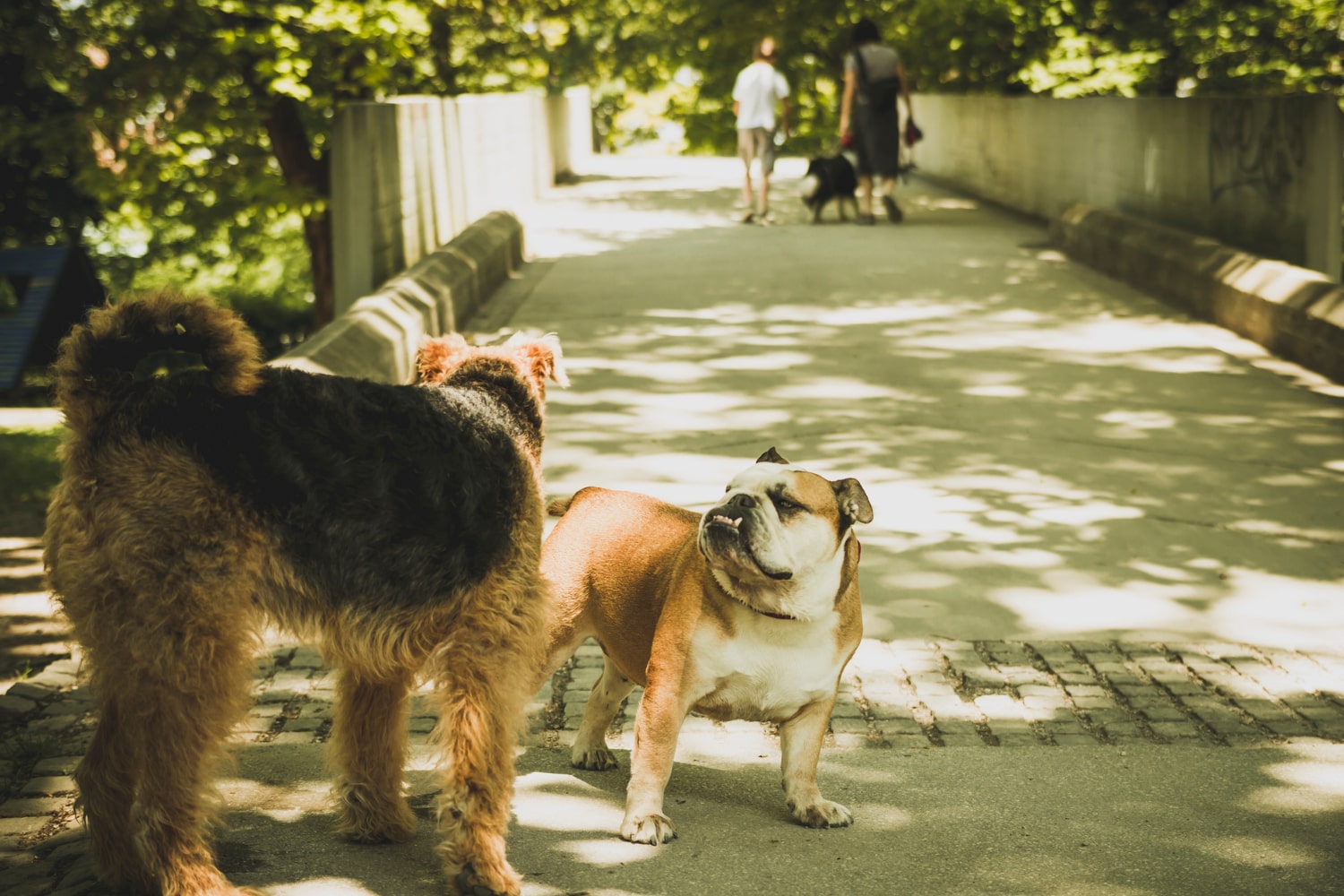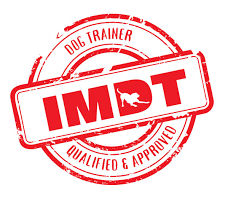The data isn’t available but our experience has concluded that the vast majority of dog aggression starts as fear or nervous aggression. Unfortunately parents do not understand the early signs and either do nothing or take actions that exacerbate and reinforce the problem. Each family will then proceed on their own journey from a puppy acting nervous to an adult dog possibly showing dominant aggression.
Fear or nervous aggression is where a puppy shows aggression due to the puppy being scared of the environment in which it finds itself or when its introduced to other dogs or anything new. In this circumstance the puppy just wants to flee from it or make it go way and will growl or bite in order to do so.
Parents find themselves in a circumstance where their puppy is terrified of other dogs, whether this is at puppy class or out and about. In lots of cases parents then protect their puppy the wrong way often rewarding and reinforcing the fearful behavior or avoiding contact.
As the puppy starts to grow then the parents forget the need that their puppy should be socialized they actually do the opposite as their puppy is scared of other dogs. We hear all sorts of stories from parents who have taken all sorts of measures to protect their puppy from the outside world where other dogs are involved.
As we all know the outside world does include other dogs and then every interaction with another dog is a learning experience for the puppy. In most cases the fearful puppy will bark excessively displaying aggression and the other dog will want to avoid this situation and flee themselves. In the puppy’s eyes a pattern begins to form, if I act aggressively then the dog goes away. After this pattern is proven to the puppy then the puppy starts to become less nervous and actually starts to become artificially bold or dominant. The time period is not years but months so its very important to change the pattern of behavior before the puppy becomes an adult.
Our experience has also told us that those puppies under 12 months of age that the pattern is relatively easy to change with effective training. Dogs over 12 months have more learned behavior due to their life experience and generally the type of aggression has change from fear aggression to more like dominant aggression. Dogs that have followed this route sometimes appear much more confident and sometimes the aggression isn’t just to flee from the environment but actually to cause harm to the other dog to make it flee.
In many cases a puppy aggression has developed from a perfectly happy puppy, this is almost always due to a negative experience from another older dog. The negative experience which is usually a dog attack now ensure that the puppy is terrified of other dogs and will act as aggressively as needed to flee from any dog. The progression is usually the same as discussed previously where the behavior changes from fear to bold in the same way.
In many cases puppies leave their breeder and join their family with normal behavior and not fearful but due to them not being socialized as a puppy or socialised incorrectly they become fearful of other dogs and environments. Usually the puppy is living in an area where there aren’t dogs hence the limited socialization so the parents don’t realize there is a problem. The puppy then becomes an adult, sometimes their home environment changes or life changes and then the problem is known to the others.






Leave A Comment